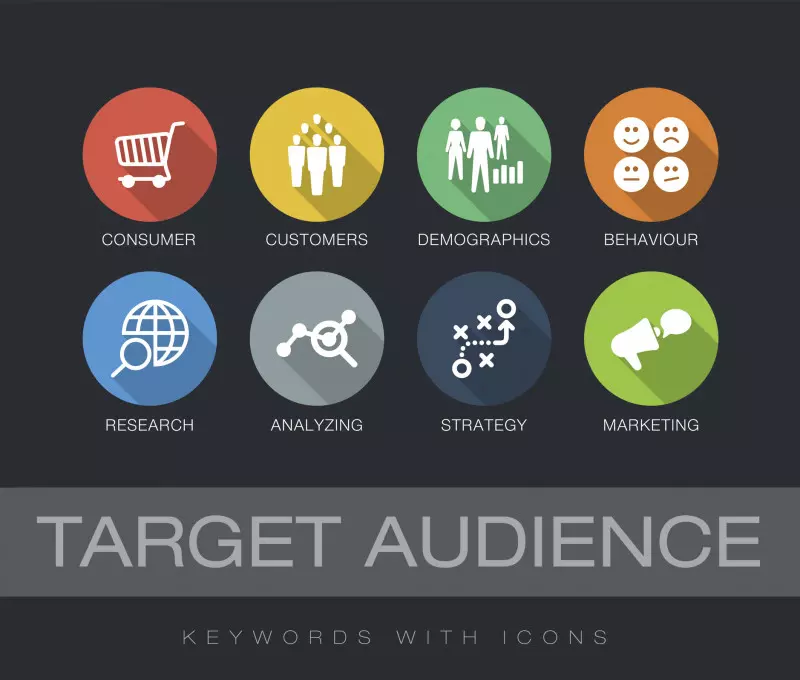Marketing today is largely digital and the key to success with digital marketing is providing content to your audience that is not merely targeted, but personalized.
That’s where developing things like customer segments and customer personas come into play.

Is There a Difference Between Personas and Segments?
Yes, in fact. Though these terms are often used interchangeably, there is a difference between the two, and it’s a key difference you need to understand to market effectively. The good news, though, is when you learn the differences, you can use both of these together and make your marketing efforts even more powerful. Keep reading for a breakdown on customer segments and personas.

Customer Segments
Customer segmentation refers to the practice of creating customer segments based on their features and needs. This includes grouping together both customers and potential customers.
The segments for user segmentation are created using research data, which includes information about race, age, and the location of the target audience. It also takes into account user specifications such as personal interests, lifestyle, values and opinions, and a risk aversion factor.

In simple terms, customer segments provide information about groups of people and their predicted behavior; not about individuals. Segments are created based on real behaviors of people.
This group information works as a sort of market research, allowing brands to create better marketing strategies to increase distribution. It also helps businesses differentiate and characterize current customers and their types, as well as potential customers.
There are various customer segmentation models, including demographic, psychographic, geographic, technographic, behavioral, as well as need and value based segmentation.

Customer Personas
Customer personas are made-up customer profiles created by a business or retailer to assess the behaviors of a real customer. These personas are created based on user profiles, including information about their location, age, and race; this information is collected from real people.
The different personas reflect the different customer segments that share similar interests, values, and goals. Once the initial demographic-based profile is created, they are then enhanced by assigning names, personalities, and faces to the profiles, along with families and social standing.

These features complete the profile to make sure it closely resembles a real person. Customer personas are created based on the projected actions of people. From these personas, retailers can ascertain the various wants and needs of an individual.
In simple terms, customer personas factor in the human-ness of a customer; the behavioral and emotional components of a person. Such information allows brands to create targeted marketing strategies that resonate with the emotional needs of those people, resulting in better performing campaigns.
Customer personas are imperative in helping brands understand their customers better. This higher level of understanding results in better marketing strategies, which in turn, increases sales and brand performance.

Personalization Matters!
Brands that learn to master these concepts and understand the differences between customer segments vs personas will be well on their way to increasing their ability to better personalize their campaigns and speak directly to the wants and needs of their customers. When you know their wants and needs, you can provide their solutions!













Leave a Comment
Comments (0)